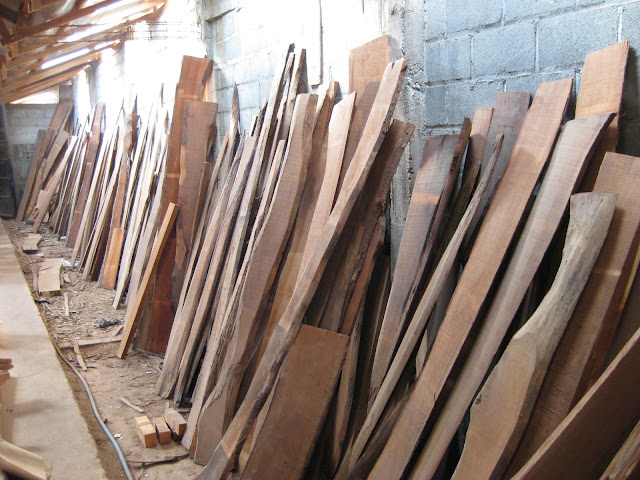Five things you should know about French style furniture.
1. Country of origin: Indonesia
Most of the best affordable French style furniture is made in Indonesia. Specifically, on the island of Java, in central Java.
The furniture trade in Indonesia is broken down to French style furniture, classic furniture and the domestic Indonesian style furniture.
About 80% of Indonesian people are involved in the furniture trade covering these three styles.
If you were to buy French style furniture made in France or Italy or even made in Australia it would cost many multiples more than the Indonesian sourced pieces do.
Indonesians has the experience and the manpower to undertake the intricate work required for French style furniture.
2. Timber: Mahogany
The wood used for most French style furniture is mahogany. Mahogany describes various kinds of tropical hardwood,
most of which are a reddish brown colour.
It is widely used in furniture making and boat building.
Mahogany's colour darkens over time and displays a reddish
sheen when polished. It is also very durable.
It has excellent workability and is hence terrific for the
intricate carving required for French style furniture.
The tree's large girth makes wide boards and this makes it
suitable for crafting cabinets and furniture.
3. A labour intensive trade.
The carving work which is the distinguishing hallmark of French style furniture is the labour intensive component.
 |
| We adore this floral motif on the skirt of an armoire. |
4. Colours & finishes
The basic colours for French style furniture are usually white, cream, black, silver, gold and polished wood. Of course there are many variations of each of these colours.
There are also many finishes for each colour - matt, semi gloss, glossy, antique, distressed etc.
 |
| The brown swirls on this cabinet are a laquer which creates the antique look on the silver paint. It is painted on (as in the photo), then wiped off to give the appropriate look to the silver paint. |
Methods of gilding include hand application/gluing, chemical gilding and electroplating.
In Indonesia, furniture makers use the traditional hand gilding. Firstly the furniture is painted in silver or gold.
Then very very fine foils of silver (or gold) are applied over the wood to create the gilded look.
Finally, a clear top coat is applied and this seals the look.
 |
| Applying the fine foil to a chair by hand. |
 |
| This may look like aluminium foil, but it is one tenth the thickness of even the cheapest kitchen foils. |
5. Every piece is unique.
 |
| Antique white armoir before the apex carving has been added. |
The consequence of this is threefold:
a) Manufacturers do not carry stock. Every piece is made to order, starting from scratch. This helps to explain the long lead time required to make the items.
In addition to time in production (which includes upholstering), there is time on the boat travelling Australia and the time in customs getting clearance. In total, 4 months isnt an unusual lead time from order to delivery to the customer.
b) As the whole process is so labour intensive, it is impossible to match exactly, sample items to any finished product. For example, colours may be similar, but will never be identical. The same applies to the actual items made.
Further, even if the same colour pot is used on the sample as is used on the finished product, the different wood used on the two items can create variations in the final finish.
c) Finally, wood is a natural substance - it breathes as well as expanding and contracting with changes in the temperature. There can be no guarantee that there wont be natural cracks forming in the timber after the furniture is made - after all, each piece travels via sea to Australia and spends time in varying environments before it reaches your home.
These cracks can be fixed simply with filler and paint.
Those who invest in French style furniture know that they own something unique and very special.






No comments:
Post a Comment